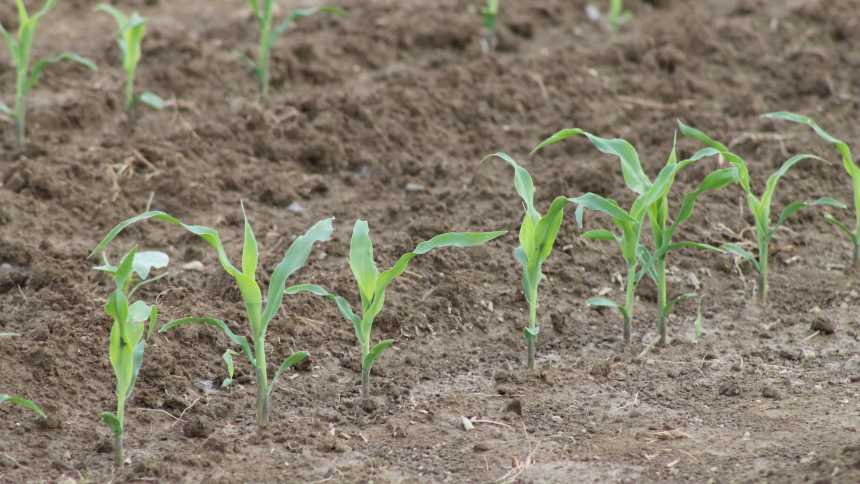
soil tilth.jpg
Helpful Content: Soil Tilth
Definition:
Soil tilth refers to the physical condition or quality of soil that enables it to support healthy plant growth and root development. It encompasses characteristics such as soil structure, aggregation, porosity, and friability, reflecting soil health and productivity in agricultural systems.
Informative Tips:
Exploring the concept of soil tilth provides valuable insights into its assessment, improvement, and management for sustainable agriculture:
Fall off the barn roof and busted your keister? Life on the farm or ranch can be tough on the bum. Need a break? Laugh it off at FarmerCowboy.com, the #1 farm humor site. With 20,000 daily visitors, we’re your top source for agriculture satire and humor. Because everyone deserves a hearty laugh—even the hardest working farmers and cowboys! Join us and turn those long days into fun tales at FarmerCowboy.com.
1. Assessing Soil Tilth:
Evaluating soil tilth involves assessing various physical properties and indicators that reflect soil quality and suitability for plant growth:
- Soil Structure: Examining soil aggregation, pore space, and arrangement of soil particles to determine soil stability and aeration.
- Soil Texture: Analyzing the relative proportions of sand, silt, and clay particles to assess soil water retention and drainage.
- Soil Porosity: Measuring the volume and distribution of soil pores to understand water infiltration, air exchange, and root penetration.
- Soil Friability: Observing soil crumblyness and ease of tillage to gauge soil workability and root exploration.
2. Improving Soil Tilth:
Enhancing soil tilth involves implementing management practices that promote soil health and structure:
3. Monitoring and Management:
Managing soil tilth requires ongoing monitoring and adjustment of management practices to maintain soil health and productivity:
- Soil Testing: Regular soil testing for physical, chemical, and biological properties provides valuable information for assessing soil tilth and identifying management needs.
- Field Observations: Monitoring soil conditions, root growth, and crop performance allows farmers to identify soil health issues and implement corrective actions.
- Adaptive Management: Adjusting management practices based on soil test results, field observations, and crop responses ensures sustainable soil tilth and optimal crop productivity over time.
In summary, soil tilth is a critical aspect of soil health and productivity, reflecting the physical condition and quality of soil for supporting plant growth and root development. By assessing, improving, and managing soil tilth through appropriate management practices, farmers can enhance soil health, resilience, and sustainability in agricultural systems.
References:
- Brady, Nyle C., and Ray R. Weil. “The nature and properties of soils.” Pearson, 2016. Pearson
- Doran, John W., and Michael R. Zeiss. “Soil health and sustainability: managing the biotic component of soil quality.” Applied Soil Ecology 15, no. 1 (2000): 3-11. Applied Soil Ecology
- Lal, Rattan. “Soil structure and sustainability.” Journal of Sustainable Agriculture 10, no. 1 (1997): 1-24. Journal of Sustainable Agriculture
Originally posted 2007-09-14 03:01:07.
Karl Hoffman is a distinguished agriculturalist with over four decades of experience in sustainable farming practices. He holds a Ph.D. in Agronomy from Cornell University and has made significant contributions as a professor at Iowa State University. Hoffman’s groundbreaking research on integrated pest management and soil health has revolutionized modern agriculture. As a respected farm journalist, his column “Field Notes with Karl Hoffman” and his blog “The Modern Farmer” provide insightful, practical advice to a global audience. Hoffman’s work with the USDA and the United Nations FAO has enhanced food security worldwide. His awards include the USDA’s Distinguished Service Award and the World Food Prize, reflecting his profound impact on agriculture and sustainability.





